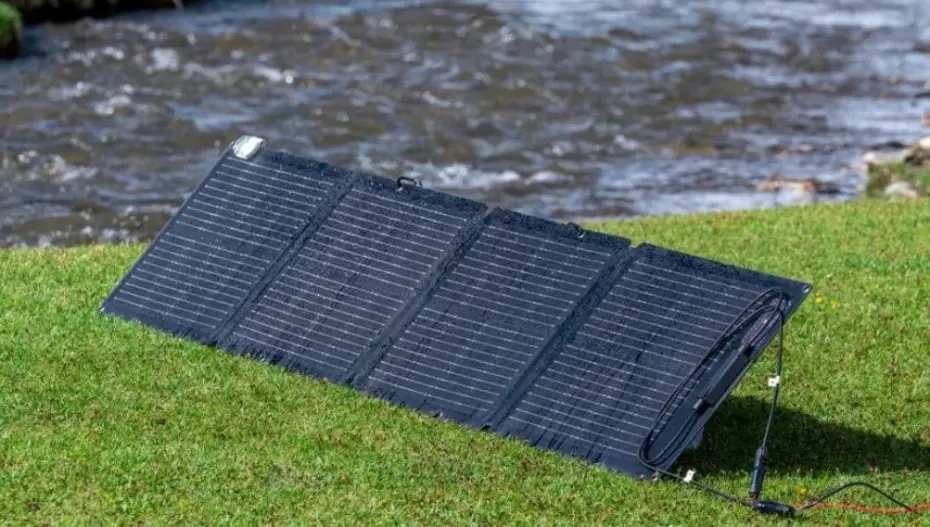Solar panels are a significant investment for harnessing renewable energy, and their growing popularity has led to their installation in diverse environments, including snowy climates. However, many wonder how effective solar panels can be when faced with winter conditions. This blog will explore the performance of solar panels in snowy climates, the challenges they face, and the strategies to optimize their efficiency throughout the winter months.
Understanding Solar Panel Efficiency in Cold Weather
Before diving into the specific challenges posed by snowy conditions, it's important to understand how solar panels perform in colder temperatures and the role sunlight plays in their efficiency.
Impact of Temperature on Solar Panel Efficiency
Contrary to what some may think, cooler temperatures can actually improve the efficiency of solar panels. Solar panels convert sunlight into electricity using photovoltaic cells, and these cells perform better at cooler temperatures. This means that even on cold, sunny days, panels can produce a substantial amount of energy. The typical efficiency increase is around 0.3% for every degree Celsius drop below the standard test condition of 25 degrees Celsius. Therefore, a clear, chilly day can be highly beneficial for solar energy production.
Role of Sunlight and Snow Reflection
Sunlight remains a crucial factor for solar panel efficiency, regardless of the temperature. In snowy climates, the presence of snow can have a dual effect. Fresh snow can indeed reflect sunlight, which can help increase the amount of light reaching the panels. As a result, the overall solar irradiation can be higher, enhancing energy capture. However, accumulated snow covering the panels can obstruct sunlight, posing certain challenges that need to be addressed for continuous energy production.
Challenges of Snow Accumulation on Solar Panels
Snow accumulation presents a unique set of challenges for solar panels in winter. Let’s explore how snow can impact the functionality of solar panels and what potential risks arise during this time.
Obstruction of Sunlight
One significant challenge in snowy climates is the obstruction of sunlight due to snow accumulation on the surface of solar panels. When snow covers the panels, it blocks sunlight from reaching the photovoltaic cells, thereby reducing or completely halting energy production. The duration and frequency of these snow accumulations can significantly impact the overall energy yield over the winter months. This makes it essential to have strategies in place to clear the panels efficiently.
Structural Risks and Maintenance Issues
Heavy snow can also pose structural risks by adding extra weight to the solar panel supports. This can lead to mechanical stress and potential damage if the panels and their mounting systems are not designed to withstand such loads. Moreover, the snow and ice can increase wear and tear, necessitating more frequent maintenance. Regular inspections are crucial during winter to ensure that all components are functioning properly and to prevent long-term damage caused by the harsh conditions.

Strategies to Optimize Solar Panel Performance in Snowy Climates
Now that we've covered the challenges, let’s move on to effective strategies that can ensure solar panels maintain optimal performance during the winter months.
Panel Tilt Angles and Snow Shedding
One effective strategy for dealing with snow accumulation is to optimize the tilt angle of the solar panels. Adjusting the panels to a steeper tilt can help facilitate the shedding of snow, allowing gravity to naturally clear the surface. While the optimal angle can vary depending on geographic location, angles between 30 to 45 degrees tend to be effective for snow shedding. Implementing adjustable mounts can also be beneficial, providing the flexibility to alter the tilt as required throughout the season.
Anti-Reflective Coatings and Heated Panels
Using anti-reflective coatings on panels can help ensure that the maximum amount of sunlight is absorbed, and it can also assist in reducing snow adhesion to the surface. Additionally, heated panels are another innovative solution. These panels come equipped with heating elements that melt snow and ice, ensuring continuous energy production. While this technology adds to the initial investment, the potential increase in energy production during winter months can make it a worthwhile consideration.
Regular Maintenance and Monitoring
Regular maintenance and proactive monitoring are essential for ensuring optimal solar panel performance during winter. This includes routinely clearing snow from the panels using soft tools that won’t damage the surface. Installing a monitoring system can also be valuable, providing real-time data on energy production and highlighting any dips in performance that may indicate snow cover. Smooth and efficient maintenance routines ensure that the panels are producing energy to their full potential.
Conclusion
Solar panels can indeed be effective in snowy climates, especially with the right strategies in place to handle the unique challenges posed by winter conditions. By understanding how temperature and sunlight affect performance, addressing snow accumulation proactively, and implementing optimized maintenance routines, individuals can ensure that their solar panels continue to produce renewable energy efficiently throughout the winter months. Investing in the right technology and methods can maximize the benefits of solar power, even in the coldest of climates.